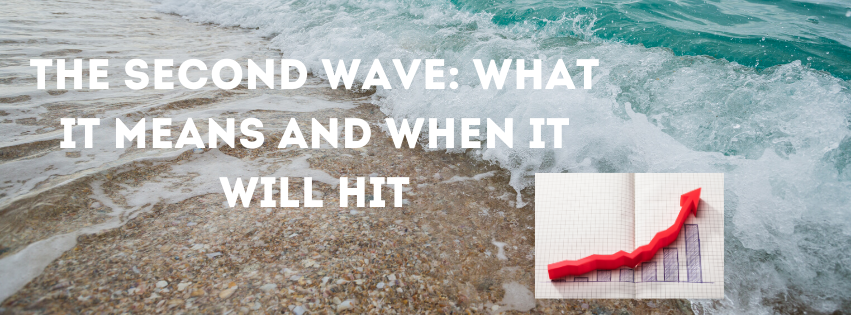The Second Wave: What It Means And When It Will Hit
Are we in a second wave?
As COVID cases began to rise across the country in the last month, both in places that hadn’t previously had outbreaks as well as in places that had managed to flatten the curve before attempting to reopen, media outlets and politicians heralded the continued spread of the virus as the coming of a dreaded ‘second wave.’ While exact definitions of a second wave are ambiguous, it generally refers to a subsequent sustained rise in cases after a first wave has been effectively contained and there has been a substantial decrease in cases. But as Dr. Fauci was quick to point out, we never effectively contained the initial outbreak and so we are, still, in the midst of a first wave that has been something of a roller coaster with 100,000 daily new cases starting to look like an inevitability.
Is a second wave coming?
This is complicated. For there to be a ‘second wave,’ the first wave has to end. Originally, it was thought that a second wave would crash on us in the fall. The White House has already publicly announced that they are preparing for just such a scenario. However, as the spread of the virus spins out of control with the CDC admitting that there is now “too much virus” to control, it seems more likely that we will see a continued increase in cases with fall and winter compounding its toll. Influenza, more commonly known as the seasonal flu, plus colder weather potentially means less of a second wave and more of an additional tsunami. When you factor in hospital capacity, unemployment levels and the thousands upon thousands of evictions that are imminent without federal intervention, we’re looking at a mosaic of chaos waiting for us this fall.
What can we do?
While it’s not looking good–efforts to contain the virus now are distinctly too little too late and some governors are even now refusing to roll back reopening even with record numbers of cases in their jurisdictions–mitigating the spread could be surprisingly simple. Despite earlier ambiguity, there is now a plethora of evidence that widespread and consistent mask usage is extremely effective in reducing the spread of the virus. One study found that if 80% of a population wore face masks, the transmission rate would drop to 8%. We can’t wait for a vaccine or miracle cure and there is evidence that antibodies don’t last long enough to provide immunity. For now, strict social distancing and mask usage coupled with a stimulus package big enough to bolster the US economy and its citizens are our best bet to making it out to the other side of COVID-19.
Yours in Strength,
The Take Back Control Team




Leave a Reply
Want to join the discussion?Feel free to contribute!